In today’s rapidly evolving industrial landscape, achieving and maintaining high safety standards is more crucial than ever. As we step into 2024, we are working with businesses to embrace our Total Risk Assessment approach to ensure workplace safety and compliance. STC, a leader in safety training and compliance, emphasizes this through our innovative strategies.
Understanding the Spectrum of Risks
The first step towards enhanced safety is understanding the myriad risks that businesses face. From operational hazards to regulatory challenges, each risk factor contributes to the overall safety landscape. STC’s methodology involves a detailed analysis of these elements, ensuring that nothing is overlooked in creating a safer work environment.
Strategies for Mitigation and Compliance
Once risks are identified, the focus shifts to mitigation. Our Total Risk Assessment approach involves developing tailored strategies that address specific challenges. This includes training programs, safety protocols and continuous monitoring to ensure ongoing compliance with OSHA guidelines and industry standards.
Leveraging Technology for Safety Optimization
In the digital era, leveraging technology is key to advancing safety standards. Data-driven insights and analytics play a pivotal role in understanding risk patterns and developing preemptive measures. Our integration of technology in total risk assessment processes signifies a forward-thinking approach to workplace safety.
As we move forward, the commitment to preserving human life and maintaining a safe working environment remains paramount. Total Risk Assessment is not just a protocol, it’s a testament to our dedication to creating safer workplaces. By following OSHA guidelines and continuously educating ourselves, we can collectively build a safer, more compliant industrial world. Want to learn more about improving your safety standards with STC? Check out our blog today!
Photo Sourced from STC

